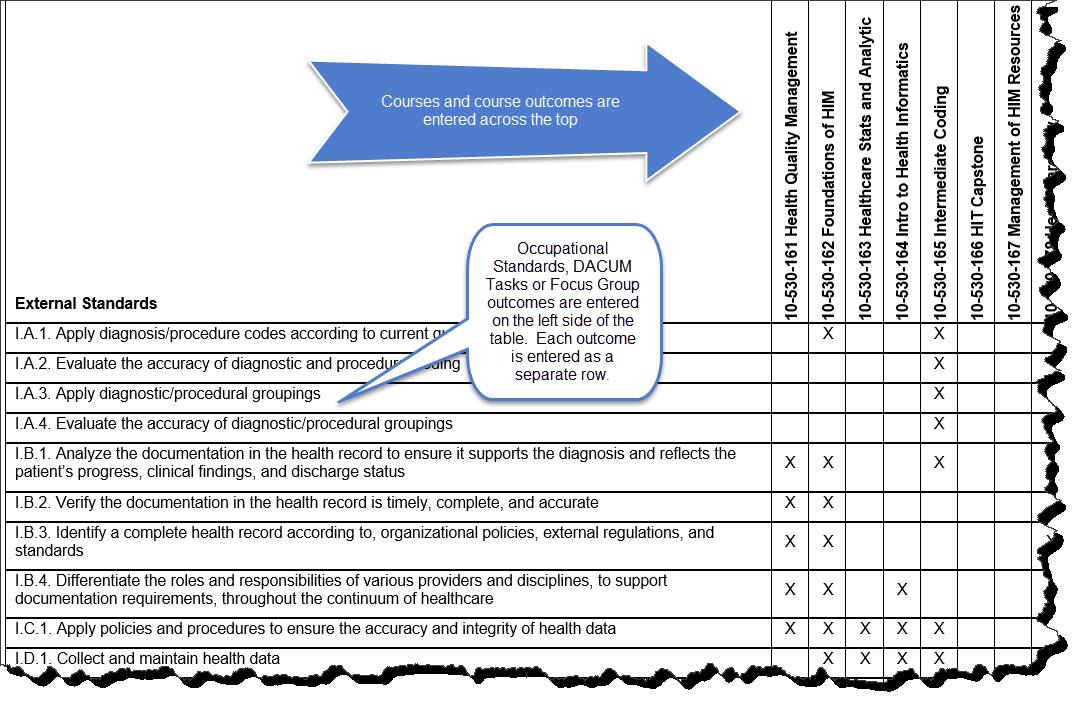Three Steps to Program Review and Revision
Over the years, members of the WIDS team have designed, aligned, and revised programs in everything from Fire Science to Nursing to Early Childhood Educator. The content varies—but our process is consistent and successful. There are three basic steps to program revision.
Analyze
Program development or revision begins with analysis of the occupation(s) learners will obtain after learning.
- Obtain industry standards associated with the occupation. Not all program areas have standards, but if they do—they become the starting point for a new program design or a revision of an existing design. Check certification agencies for curriculum standards. Find out if there are any state licensing standards. There may be national content standards for a certification exam. These standards help form the basis for what must be learned in the program.
- Conduct an occupational task analysis. At WIDS we use the DACUM (Developing A CurriculuM) process to analyze occupations. In a DACUM a small group of expert workers participate in a one-day meeting with a DACUM facilitator. Modified brainstorming techniques are used to specify in detail the duties and tasks that a successful worker must perform on the job. In program revision, DACUMs help teachers identify new tasks that should be added to the program as well as content that can be removed the program because it is no longer needed in the occupation.
- Conduct an industry focus group with employers from the occupation. Focus groups are best used to answer specific questions about the program. For example, faculty from an Industrial Mechanical program wanted to add computer networking to their program—but what skills did their graduates need in this area? How much content was needed? During a focus group session employers answered that question by looking networking and identifying the graduated skills needed in the program.
Map
Once the analysis work is finished, the next step is mapping. The skills and content needed in the program must be mapped to the existing program curriculum to discover gaps. WIDS consultants do this using tools in the WIDS software application. But you can setup a spreadsheet to accomplish this as well.
The information you have gathered in the analysis stage can be entered as unique content outcomes on the left side of a table. The courses and course competencies populate the top of the table.
A resulting matrix might look like this:

Teachers work their way through the matrix, identifying where the information from the analysis is taught in the program by placing an “x” in the cell.
Revise
Once the map is complete, teachers have the information they need to begin program revision. They can determine new content that is needed in the program (items not addressed anywhere), which content is not needed in the program (outcomes currently in the courses—but does not have a corresponding standard or task), and which content might be duplicated too many times or not enough.
The revision is driven by real industry needs using a well-defined process. What’s more, faculty can begin the development with concrete information for development.
Find out how WIDS Software and Services can help you analyze, map, and revise your program curricula. Contact us for more information or a free webinar at info@wids.org.
BONUS: WIDS Program Revision Planning Tool.
9190